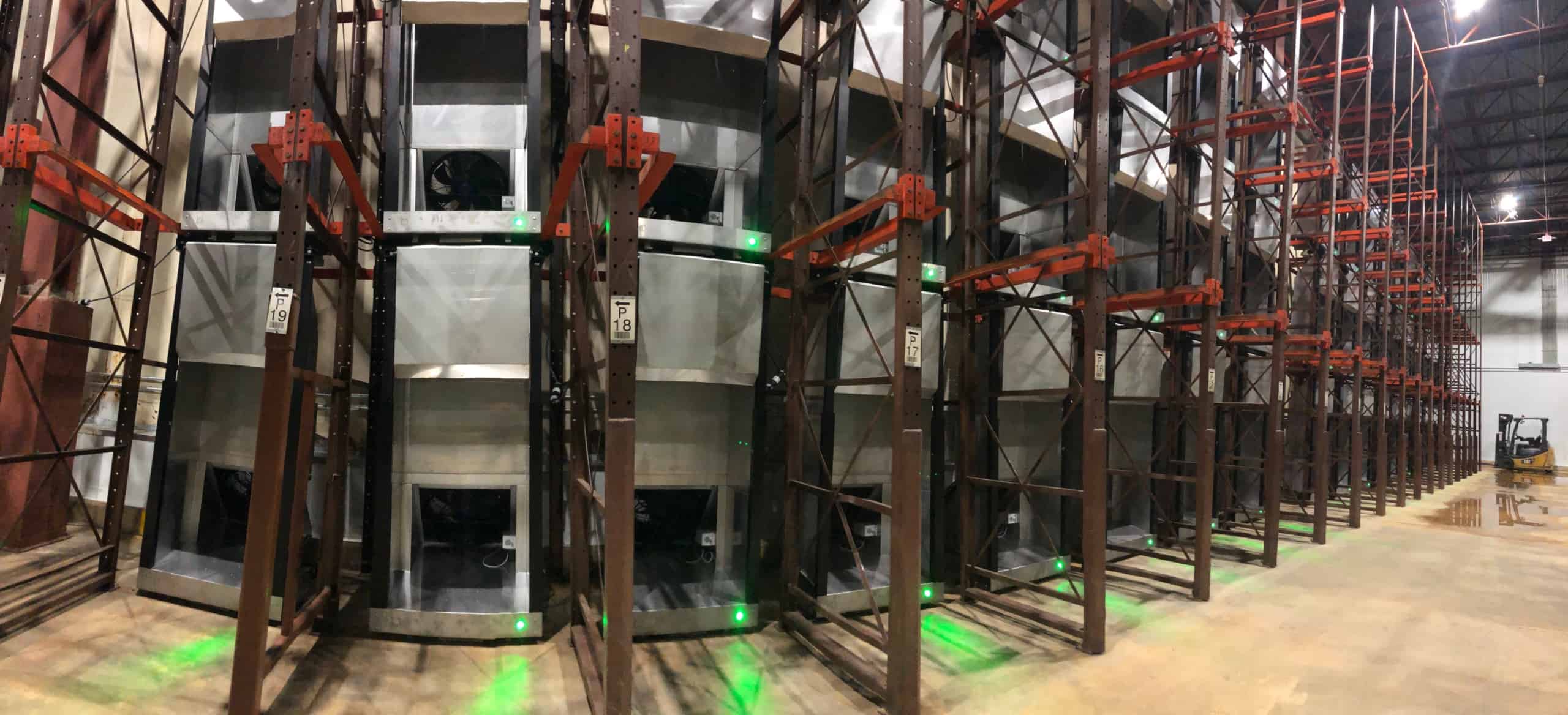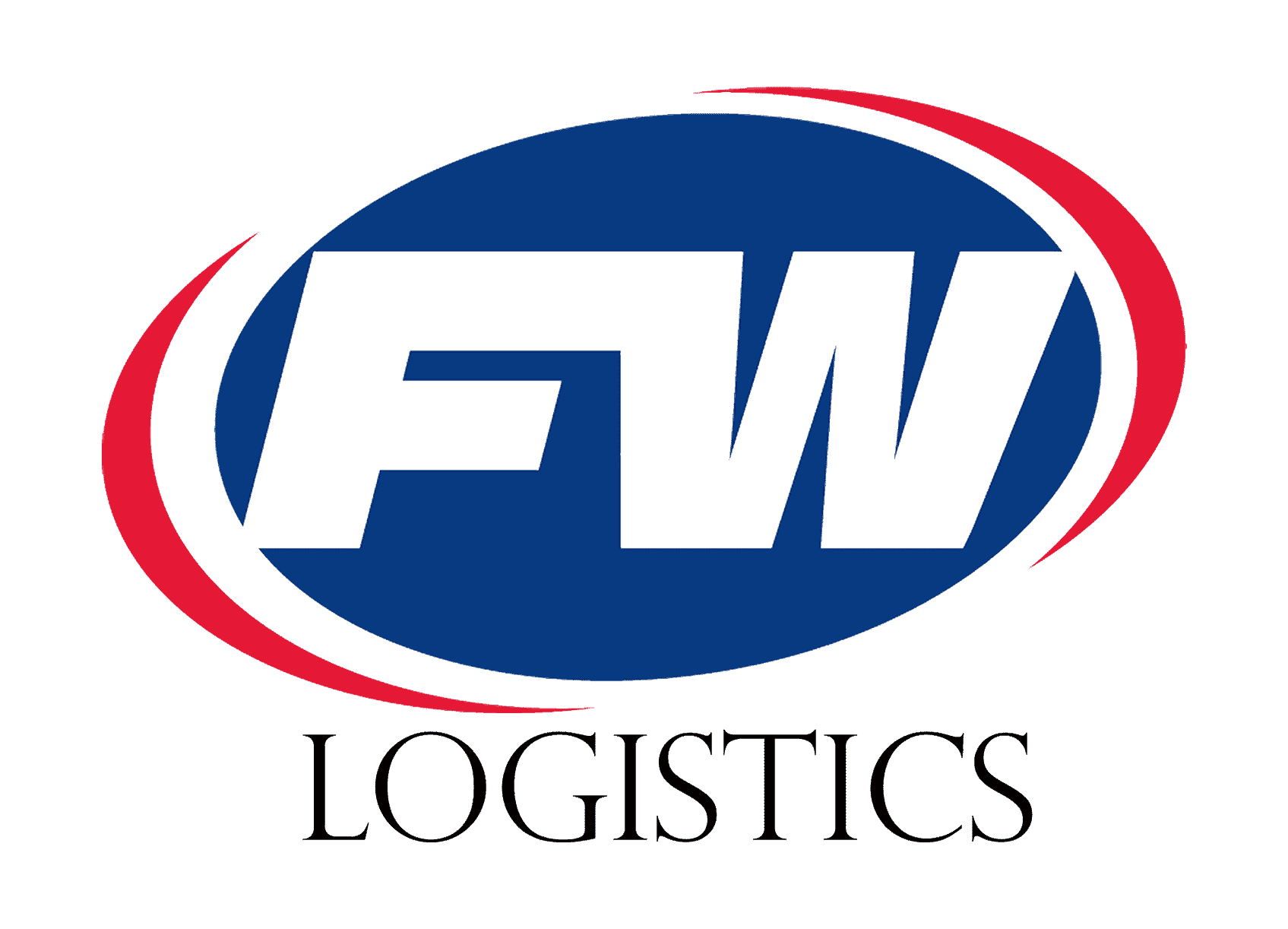
Did you know that temperature fluctuations of just a few degrees in frozen food storage significantly impact the flavor and quality of frozen food?
The Importance of Safety and Quality in Frozen Food Storage
Quality frozen food distribution is essential for businesses that sell unique items and transfer them across states, regions, and the country.. These foods offer several benefits, including:
- More diverse menus
- Cost and labor savings
- Reduced food waste
- High nutrient retention
- Decreased spread of bacteria
Food processors and distributors have to manage their products’ temperature throughout the supply chain from production to table to ensure safety and quality. To keep your frozen food safe during the chilled food logistics process, focus on the following:
Temperature-Controlled Fulfillment and Distribution
It’s dangerous to consume frozen food that’s not kept at the correct temperature.
Ensure your frozen food doesn’t thaw during travel, distribution, and fulfillment, so it’s safe to eat once it’s unfrozen. Fluctuations of even a few degrees can disastrously impact frozen foods’ flavor, color, texture, odor, and cooking performance.
Food not kept at a safe, constant temperature during transportation may have:
- Dehydration (also known as freezer burn) on food surfaces
- Breakage due to improper handling
- Frost forming inside the packaging
- Discoloration, particularly in meats
These are symptoms of a failed supply chain, resulting in wasted food and loss of trust in your supply chain providers.
To prevent inconsistent temperatures, store sensitive products in climate-controlled areas while traveling and warehouse them in temperature-controlled fulfillment centers.
Thorough Sanitation
Frozen foods must be held in clean and sanitary conditions during the shipping process.
Shippers must clean their equipment and trucks between shipments to ensure the safety of their frozen food. Failure to do so invites a higher risk of contamination, bacteria, and pest infestations.
Implementing Quality Freezing Methods
There are several methods of freezing food, including:
- Contact freezing
- Blast freezing
- Brine freezing
- Cryogenic freezing
But, they’re not all created equal. Blast freezing is one of the most effective frozen food storage methods because:
- It minimizes bacteria growth.
- It prevents nutrient deterioration, so your food stays full of nutrients.
- It freezes food in as little as 24 hours, whereas other methods take longer.
FW Logistics Is Your Local Cold Storage and Shipping Expert
How does your business handle frozen food storage and logistics? At FW Logistics, we pride ourselves on providing the best supply chain logistics services to meet our clients’ needs.
If you want to develop your cold supply chain plan and enhance your frozen food storage, we have a dedicated team that provides consulting and management services. We analyze your weaknesses and elevate your strengths, so that you can provide quality food for your customers.
We offer superior solutions for:
- Blast freezing
- Temperature-controlled fulfillment
- Chilled food logistics
Contact us today to experience our logistics and cold storage expertise and find the right solution for your business.

